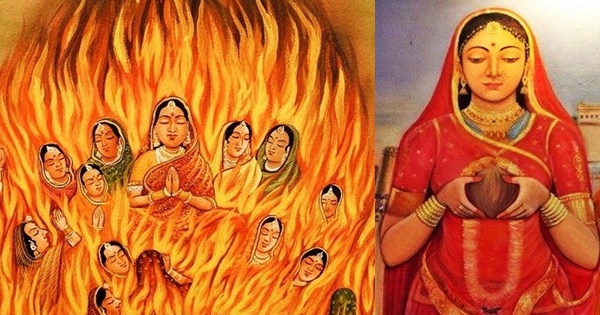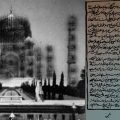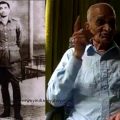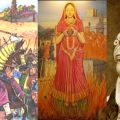Historical Truth about Rani Sanyogita, Wife of Prithviraj Chauhan
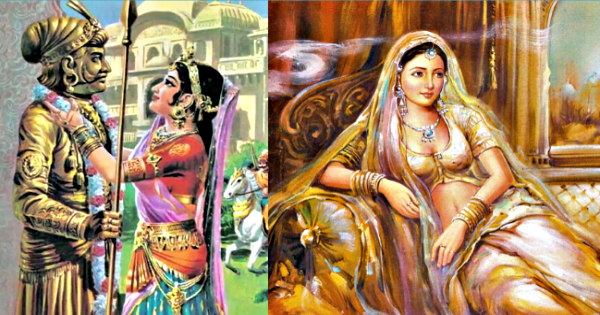
Some so called scholars challenge historicity of Rani Sanyogita on the grounds mentioned below:
(i) The romantic story of abduction of Samyogita is available in Prithviraj-Raso which is full of historical inaccuracies. The dates and names of some important characters are also misleading in it.
(ii) The Prithviraj Vijay, which is more relailable work, does not mention her in the name of Sanyogita.
(iii) The contemporary Persian works, which narrate the event of the reign of Prithviraj do not quote Sanyogita’s name directly.
(iv) Nayanchandra Suri, who composed Rambha-Manjari, having Jaichand Gahadawal as its hero, does not mention Jaichand’s daughter name as Sanyogita. Similarly, Hamira Mahakavya which has detailed account of Prithviraj Chauhan is silent about the name Sanyogita.
A careful study of the above objections proves that these points are not conclusive.
It is obvious that the Prithviraj-Raso contains several incongrous elements, which has devalued the above work considerably. Repeated attempts were made to inter-polate the events in it.
Four big attempts for getting the above work enlarged have also been known. Therefore, its largest recensions has little historical value.
As stated in the Journal of Asiatic Society of Bengal Vol. LV Pt. 1 (1886):
Prithviraj-Raso ki Vivcchana (Udaipur 1959)
Prithviraj-Raso, composed in Latiya Apabhransh, existed in its original form in 13th century AD.
It is the shortest laghutam recension, which is believed to have less amount of incongruous elements pertaining to the historical events and other details. It contains the history of abduction of Sanyogita. This shows that event of abduction became quite popular at that time. This is obviously an important evidence to prove the historicity of Rani Sanyogita.
On the basis of available text of Prithviraj Vijay, we can come to a firm conclusion about the historicity of Rani Sanyogita. On the basis of circumstantial evidence, its history of Tilotama logically links to the history of Sanyogita. This fragmentary information is quite valuable. Thus we may compare the above story of Tilotama of Prithviraj Vijay with Sanyogita referred to in the Prithviraj-Raso on the following points:
1) According to the Prithviraj Vijay, Prithviraj III fell in love with heavenly nymph Tilotama. It is also hinted that she was born as a princess destined to marry Indra’s incarnation Prithviraj III. Remaining part of the Prithviraj Vijay which is not in extant might be, have some more details about this princess.
2) Prithviraj-Raso mentions that Sanyogita, in her previous life was a heavenly nymph Rambha. In this way both these characters are analogious. Both of them are described to have lived in a golden palace situated on the bank of river Ganga.
The above two accounts prove close resemblance between the history of Rani Sanyogita referred in Prithviraj-Raso to the history of Tilotama mentioned in Prithviraj Vijay.
Absence of the event of elopement of Sanyogita in the later Persian chronicles, is not a solidary evidence to challenge her historicity. Obviously much stress was not laid on the incidents of abduction, which were quite frequent during the medieval times. Moreover, the names of the queens of the Rajput kings were generally not mentioned in Persian chronicles. But few contemporary Persian chronicles specially mention Sanyogita referred to as Secundille of Tribalibot.
Nayanchandra Suri, who composed Rambha-Manjari and Hamir Mahakavya was not a contemporary writer. His description lacks many historical details. For example in Rambha-Manjari, Jaichand is described as a scion of Ikshavaku family having the names of his parents as Malladeva and Chandralekha. He is stated to have fought for the sake of Madanvarma. This information cannot be substantiated from the sober history.
Likewise Hamir Mahakavya, the main theme of which was to high fight the struggle of the Chauhans against the Muslims, did not give eny details of other exploits of Prithviraj Chauhan III namely the battles against Gudapur, Bhadanikas, Chandels of Jejakabhukti, Chalukyas of Gujarat, etc.
In this way on the basis of Nayanchandra’s works, we cannot challenge the historicity of Rani Sanyogita.
Many scholars like Sarada’s paper on the Prithviraj Vijay, Dashrath Sharma on Prithviraj III published in Indian Culture 1944, Dashrath Sharma on the historicity of Prithviraj Raso published in l.H.Q. 1940 / Rajasthani (Calcutta) Vol.II Part III, strongly proves the existence of Sanyogita.
This love story of Prithviraj-Sanyogita was quite popular during the medieval times. Akbar also heard the same from Abul FazI, whose sources were obviously different from the Prithviraj Raso, has also narrated the same.
Surjana Charita records the name of the queen as Chandramati instead of Sanyogita. In this way, it can be said that this story was quite popular during the 15th century AD.
Kedar Bhatta’s Jaichand Prakash, a contemporary literature mentions Rani Sanyogita in the name of Kamalavati.
Madhukar Bhatta’s Jayamanasa-Chandrika, another contemporary literature, mentions Sanyogita as Samyuktha.
The historicity of any character known popularly from centuries, cannot be challenged on the basis of a negative evidence. There may be some exaggerations in the story of abduction of Sanyogita. But her historicity could not be challenged.
Sanyogita’s reference is being available in various contemporary Hindu, Jain and Muslim sources including the shortest form of Prithviraj-Raso. Though her name varies in pronunciation in various sources, Rani Sanyogita was mentioned in many contemporary historical documents and literatures. Hence her historicity is proved beyond doubts. Rani Sanyogita rules our hearts forever!
Disclaimer: The facts and views expressed here are solely of the author. My India My Glory does not assume any responsibility for the validity or information or images shared in this article by the author.
Featured image courtesy: theindianness.com.
Facebook Comments Box
The following two tabs change content below.


Dr. Sundara Thangarajan
Dr. Sundara Thangarajan, an M. Phil (Battles of Tarain), is a Lecturer at Study Centre, Vellore, Annamalai University, Tamil Nadu.
Latest posts by Dr. Sundara Thangarajan (see all)
- Historical Truth about Rani Sanyogita, Wife of Prithviraj Chauhan - October 23, 2024


